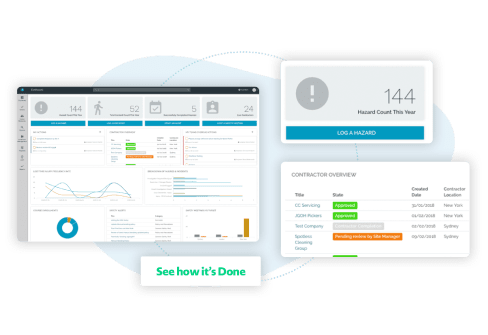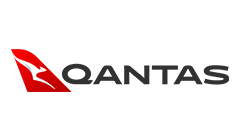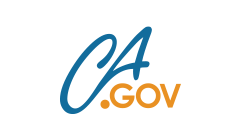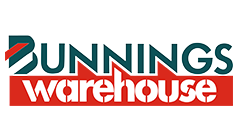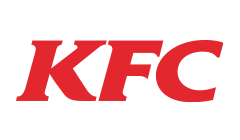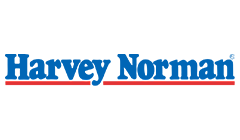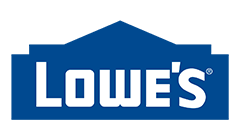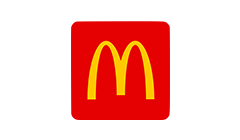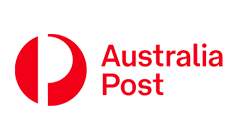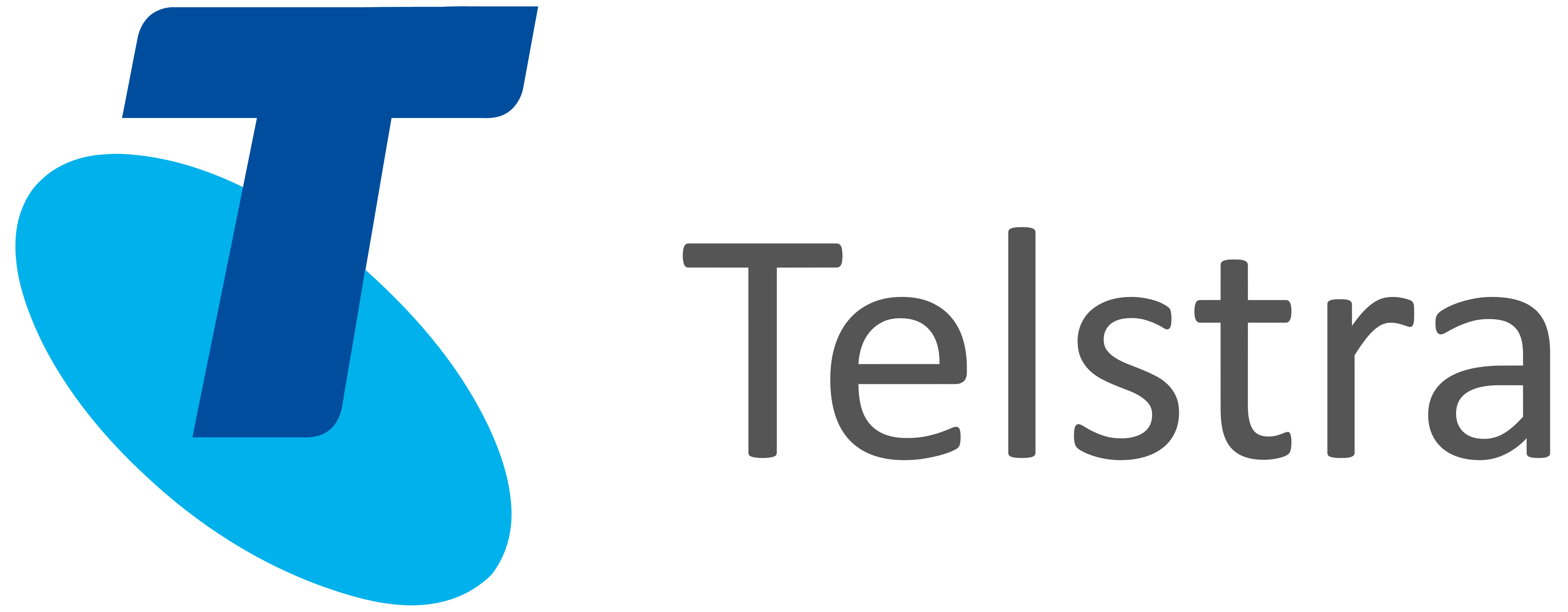Worldwide, people trust Donesafe
Across any industry, for any challenge.
Safety impacts every part of the business, your systems should too.
Whether it’s a university campus, a manufacturing floor, or a multi-site franchise, the reality is the same: risk, safety, and compliance touch every part of the organisation. But too often, the tools used to manage them are fragmented split across departments, systems, and spreadsheets.
Donesafe brings these functions together for efficiency and to reflect how safety actually works in the real world: connected, cross-functional, and constantly evolving. When the right people have the right visibility from the floor to the boardroom, issues are resolved faster, gaps are closed earlier, and decisions are made with context.
Because in modern organisations, integrated safety systems aren’t only operationally smart, they’re a strategic advantage.
Retail & Hospitality
Protect your people and customers in fast-paced, customer-facing environments.
Energy & Utilities
Support distributed teams with real-time incident reporting and regulatory compliance tools.
Agriculture
Equip field teams with mobile, offline-ready tools to manage risks and incidents on the go.
Mining & Metals
Enable offline safety reporting and compliance across remote and high-risk sites.
Telecommunications
Connect crews, assets, and compliance in real time, no matter the location.
Financial services
Simplify compliance, incident tracking, and audits across all branches and departments.
Automotive
Improve safety across workshops, logistics, and showroom operations seamlessly.
Councils &
Government
Streamline compliance and protect staff and citizens across departments.
Oil & Gas
Manage high-risk environments with real-time reporting and strict compliance controls.
Education & Early Learning
Centralise safety across locations, facilities, and teams in one platform.
Aviation & Aerospace
Enhance safety and coordination across terminals, tarmacs, and technical crews.
Professional services
Simplify compliance and drive engagement in fast-moving office environments.
See how easy it is to use Donesafe’s
safety management software.
Featured Case Studies
Frequently asked questions
How is Donesafe different from other EHSQ systems?
Unlike many rigid, one-size-fits-all platforms, Donesafe is modular, cloud-based, and no-code. That means it adapts to your business, not the other way around. With 60+ modules to choose from, you can start small or go broad, and configure workflows without needing developers.
Can Donesafe be tailored to fit the needs of my organisation?
Yes. Donesafe is the most configurable EHSQ system on the market. You can tailor forms, fields, workflows, dashboards, and notifications to match how your business actually operates—whether you’re a single-site team or a global enterprise.
Is Donesafe compatible with our existing business systems and software?
Donesafe integrates with major business systems via API and SFTP, as well as supporting Single Sign-On (SSO) with technologies like SAML 2.0, Okta, and Microsoft Azure AD. This means your safety data flows seamlessly without creating another silo.
Is it simple enough for frontline employees to pick up and use?
Yes. Donesafe is designed for the people on the ground, not just the office. With a clean mobile interface, quick reporting, offline access, and even photo or voice capture, anyone can log an incident or hazard in seconds.
What industries see the biggest wins with Donesafe?
Every industry benefits from stronger safety, but Donesafe is particularly impactful in high-risk and complex environments like construction, manufacturing, energy, mining, healthcare, and transport, while also proving invaluable for office-based sectors like professional services and education.
Is Donesafe built for organisations with multiple sites or locations?
Absolutely. Donesafe was built to support multi-site, multi-division, and even multi-country organisations. Location-specific reporting, role-based access, and consolidated dashboards give both local managers and executives the right visibility.
Can it scale as we grow, or even if we operate across different sectors?
Yes. Donesafe scales with you, whether you’re growing from 50 to 5,000 staff, expanding into new geographies, or managing multiple industries under one umbrella. You can add new modules or configure new workflows at any stage.
How does Donesafe simplify compliance for professional services firms?
Professional services firms juggle risk, compliance, and employee well-being across offices and client sites. Donesafe streamlines incident reporting, risk assessments, contractor management, and audit readiness, so compliance feels like a by-product of daily workflows, not an admin burden.
What reporting and dashboard features are available in Donesafe?
Donesafe offers real-time dashboards, trend analysis, scheduled reports, and configurable views for different audiences. You can drill down into data across sites, teams, or modules to spot patterns, monitor KPIs, and take proactive action.
What automations are built in the system to save time and reduce errors?
Workflows can be automated end-to-end. That means auto-assigning tasks, sending reminders, escalating overdue actions, and generating compliance logs, freeing your team from manual admin and reducing the risk of missed steps.
Can Donesafe send real-time alerts when critical safety incidents occur?
Yes. The system can instantly notify the right people when a critical incident or hazard is reported. Customisable escalation rules ensure nothing slips through the cracks, and the right action is taken without delay.
How does Donesafe help highly regulated sectors stay audit-ready?
From energy to healthcare, regulated industries face constant audits. Donesafe keeps all safety data, actions, and compliance logs in one place, with audit trails ready to export at a moment’s notice. No more scrambling through spreadsheets or binders.
What’s the typical timeline to roll out Donesafe across an organisation?
Timelines vary depending on size and complexity, but most organisations can go live in weeks, not months. Because Donesafe is cloud-based and no-code, configuration and adoption are faster than traditional systems.
What training or onboarding support do staff receive to get up to speed?
We provide on-boarding, training resources, and configuration support. Our team works alongside you to ensure your workflows mirror your business processes, so staff can hit the ground running.
What ongoing support and updates can we count on from the Donesafe team once we’re live?
Once you’re live, you’re never on your own. You’ll have access to a customer success team, support, and a help center, along with continuous product updates that keep you aligned with evolving regulations and best practices.
